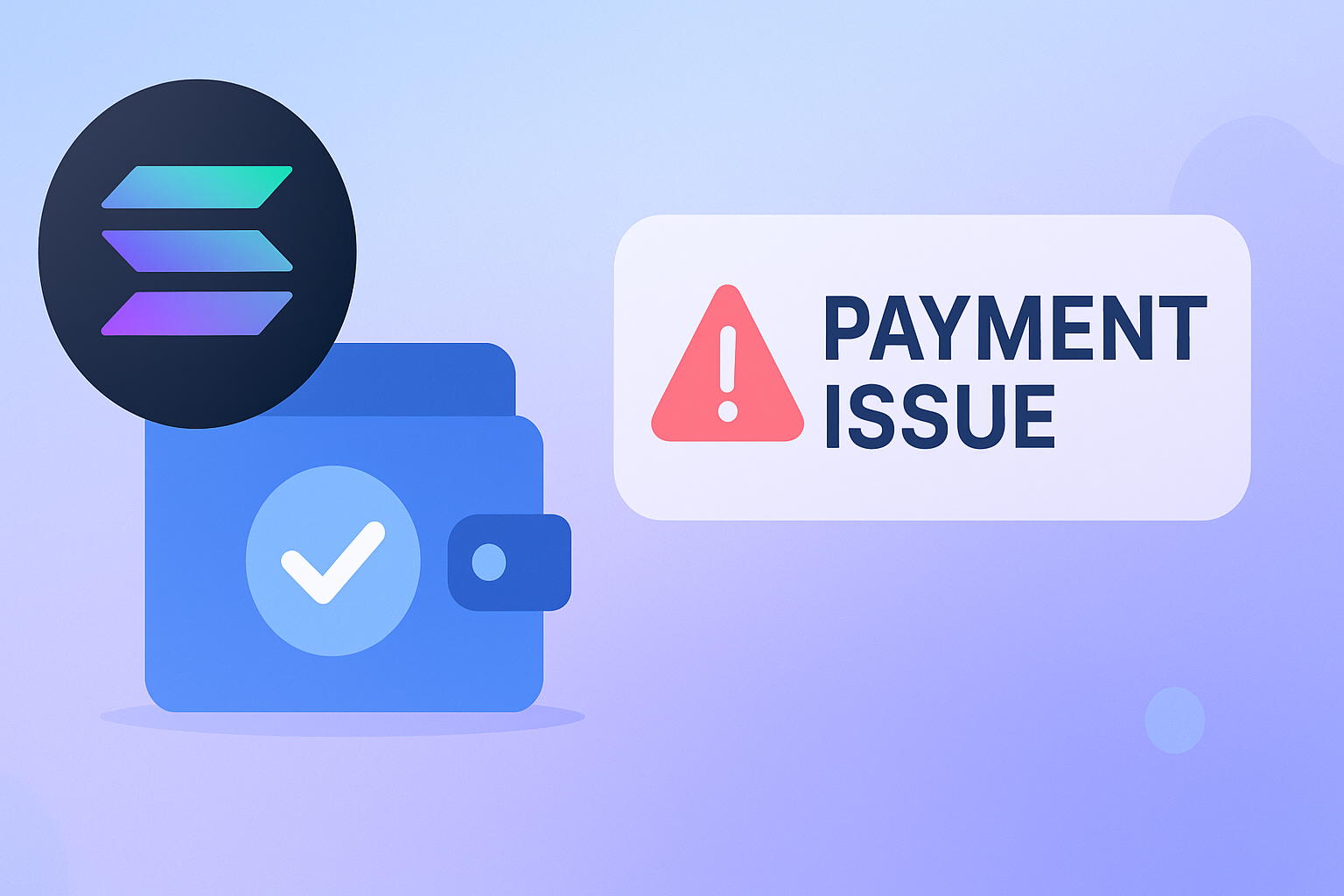You’ve probably seen "HTTP" at the beginning of a web address before, but what exactly is it? HTTP, which stands for Hypertext Transfer Protocol, is the backbone of how data moves around the internet. Every time you click on a link, load a webpage, or even submit a form online, HTTP is working behind the scenes to make it happen.
The Basics of HTTP
At its core, HTTP is all about communication. When you visit a website, your web browser (like Chrome, Firefox, or Safari) sends a request to a server. Think of the server as the computer that’s hosting the website. The server then sends back a response, which is usually the webpage you’re trying to load.
- Request: Your browser asks the server for something specific, like a webpage, image, or file.
- Response: The server responds by sending the requested information back to your browser.
It’s a bit like ordering a pizza: you make your order (the request), and the pizzeria (the server) delivers your pizza (the response). Simple, right?
HTTP Methods
HTTP has different "methods" that tell the server what you want to do. Here are the most common ones:
- GET: "Hey, can I have this webpage?"
- POST: "Here’s some information I want to send, like a comment or a form submission."
- PUT: "I want to update something that’s already there."
- DELETE: "Please delete this information."
These methods help your browser and the server understand each other and make sure everything works smoothly.
HTTP Status Codes
Sometimes things go wrong, or the server needs to tell your browser something specific. This is where HTTP status codes come in. You’ve probably seen some of these before:
- 200 OK: Everything went well!
- 404 Not Found: The server can’t find what you’re looking for (think of this as a dead link).
- 500 Internal Server Error: Something broke on the server’s side.
- 301 Moved Permanently: The page you’re looking for has been moved to a new address.
- 302 Found: The page is temporarily somewhere else.
These codes are like the server’s way of giving your browser a heads-up about what’s going on.
HTTP vs. HTTPS
You might have also seen "HTTPS" instead of "HTTP" in some web addresses. The extra "S" stands for Secure. HTTPS encrypts the data exchanged between your browser and the server, making it much harder for hackers to steal information like passwords or credit card numbers. If you’re ever entering sensitive info online, make sure the site is using HTTPS.
The Evolution of HTTP
HTTP has been around since the early days of the internet, and it’s gotten better over time. Here are the most common versions:
- HTTP/1.1: The most widely used version, which introduced a lot of the features we take for granted today.
- HTTP/2: A faster version that lets your browser and the server do more at once.
- HTTP/3: The newest version, which is even quicker and more secure, thanks to a new protocol called QUIC.
Conclusion
You might not think about it often, but HTTP is what makes the web work. Without it, you wouldn’t be able to browse the internet, shop online, or even read this blog post. Understanding a bit about HTTP gives you insight into how the digital world operates, making you a more informed user. That’s the scoop on HTTP! It’s a simple yet powerful protocol that keeps the web running smoothly. Next time you’re surfing the internet, you’ll know a bit more about what’s happening behind the scenes.





